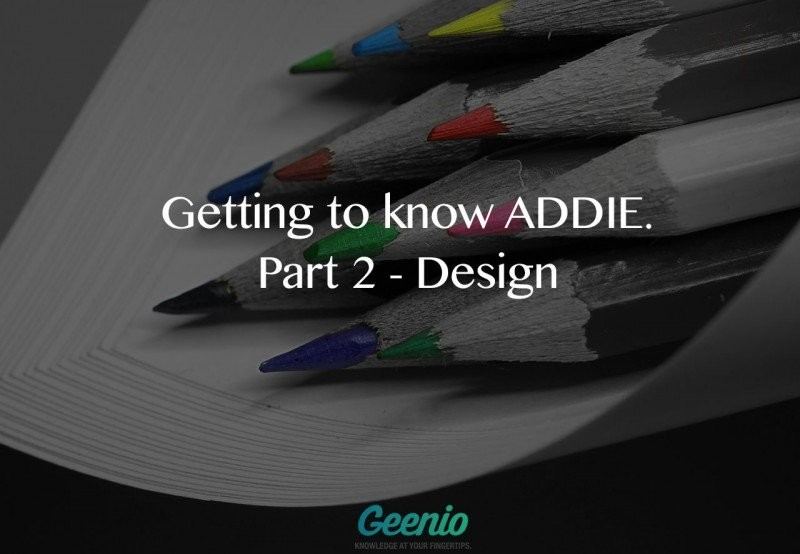January 4, 2016
5 Tips For Using Connectivism In eLearning
Siemens’ Connectivism Learning Theory suggests that online peer networks, such as social media sites and online forums, play a vital role in eLearning experiences. They allow learners to learn from social interaction and collaboration, and by benefiting from the personal experience and diverse opinions of their peers. In this article, I’ll offer 5 tips on how to use connectivism in your next eLearning course.
by Christopher Pappas











